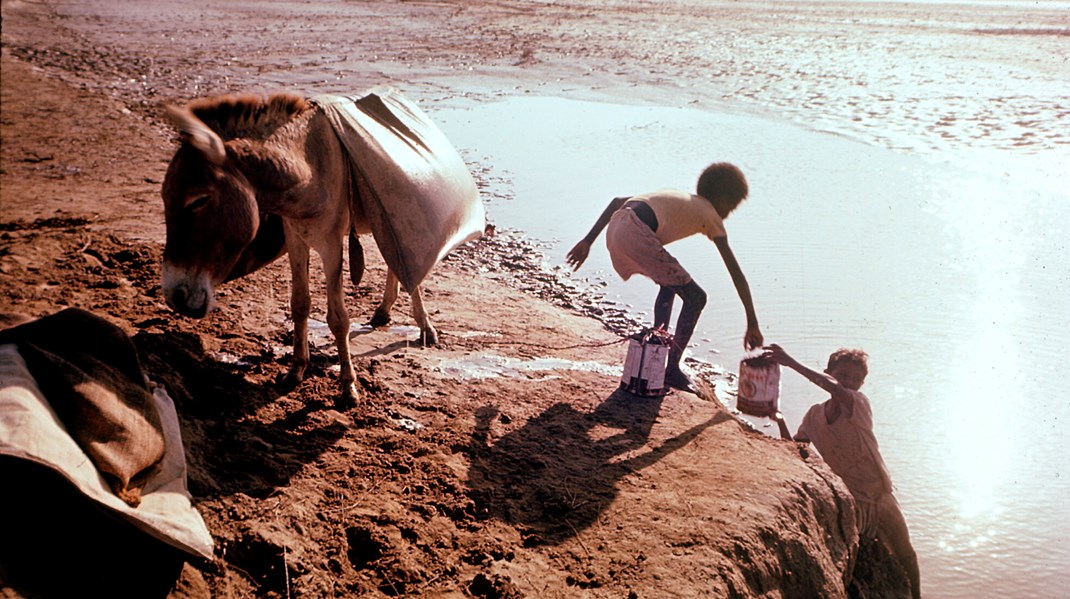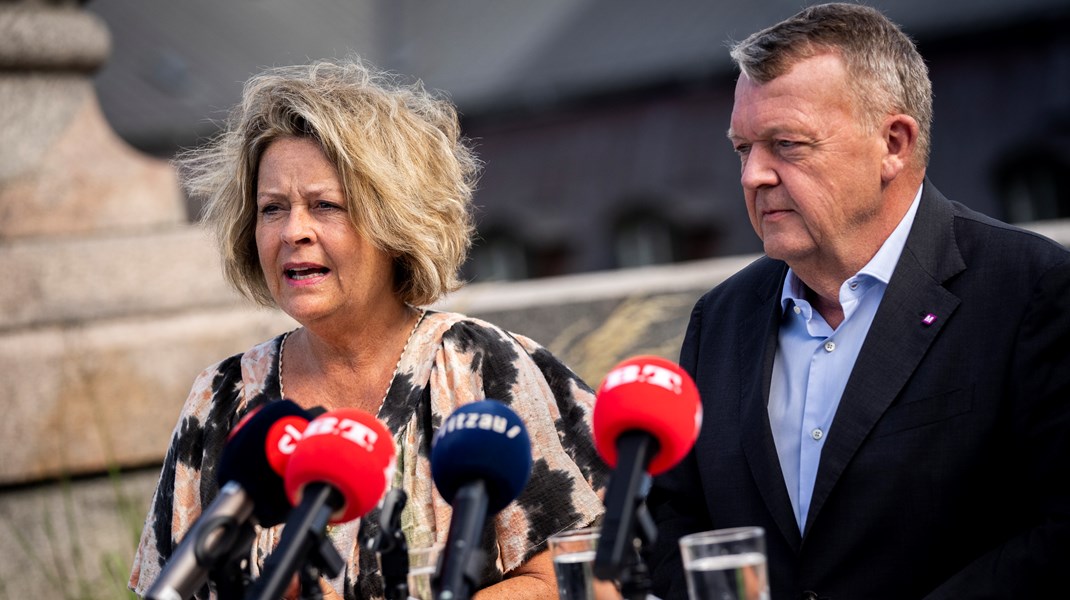Major spike in AWD/cholera cases in Somalia causes alarm
HIGHLIGHTS
Partners respond to a spike in cases of AWD/cholera in southern and central Somalia
Flooding as rains intensify and river levels rise
The impact of drought continues in Puntland and Somaliland, despite rains
Humanitarian needs outpace available funding
FIGURES
# of people in humanitarian emergency and crisis: 1m
# of people in food security stress: 3.7m
# of acutely malnourished children under age 5: 305,000
# of internally displaced people: 1.1m
# of Somali refugees in the Horn of Africa and Yemen: 1.2m
Humanitarian Appeal
FUNDING
885 million requested for 2016 (US$)
22% ($197 million)
$274 million Total humanitarian funding received for Somalia
Cases of Acute Watery Diarrhoea spike
Over 7,000 cases reported in first quarter of 2016
A major spike in cases of acute watery diarrhoea (AWD) and cholera in southern and central Somalia is of serious concern.
Over 7,000 AWD/cholera cases have been reported in the first quarter of 2016, a significant increase from the 5,257 cases reported in all of 2015. The data collected from 247 routine sentinel surveillance health facilities indicates that more than half were children under the age of five. Of the 300 deaths reported, 40 per cent were among children under five. Banadir, Bay, Hiraan, Lower Juba, Lower Shabelle, Middle Juba and Middle Shabelle are the most affected regions. There have also been cases of AWD/cholera and related deaths in neighbouring Bu’uale, Jilib, and Saakow districts. It is likely that there could be under-reporting since many areas are inaccessible to reporting systems and partners, and many do not have the resources to travel and seek treatment at health facilities.
US$2 million in CERF funds to complement response
Humanitarian partners have stepped up response to the outbreak. An additional US$2 million from the Central Emergency Response Fund (CERF) will be provided to help contain the outbreak. At present, health and water, sanitation and hygiene (WASH) supplies to cover an estimated caseload of 500 severe and 12,000 moderate cases are being distributed. Projections of 15,000 severe and 60,000 moderate cases over the coming months have led to plans for a significant and rapid scale up of the response. To help stabilize and contain the outbreak, the CERF rapid response grant of $2 million will strengthen and complement response activities already underway by WASH and Health partners. This is in addition to an earlier reserve allocation of $600,000 from the Somalia Humanitarian Fund (SHF) for the response to AWD/cholera outbreak in Kismayo.
So far, over 17,000 hygiene kits have been distributed to the affected areas by WASH partners, while 50,000 hygiene kits have been prepositioned. Hygiene promotion activities are being conducted in some affected districts by WASH partners with the added support of education partners, whose training material will be included in education activities when schools reopen.
Health partners have distributed five diarrhoea disease kits, 66,000 oral rehydration sachets and 500 boxes of Zinc to affected communities in Lower Juba, Lower Shabelle and Middle Juba regions. In Mogadishu, five cholera treatment tents, eight diarrhoea disease kits, and fluids for about 800 severe and 12,000 moderate cases are on stand-by for distribution to other affected areas when access permits.
The main challenges for response include drug stock-outs in health facilities across Somalia, access constraints and limited number of partners on the ground. Additional funding is also required to boost the response and further complement CERF, SHF and agency responses to date.


